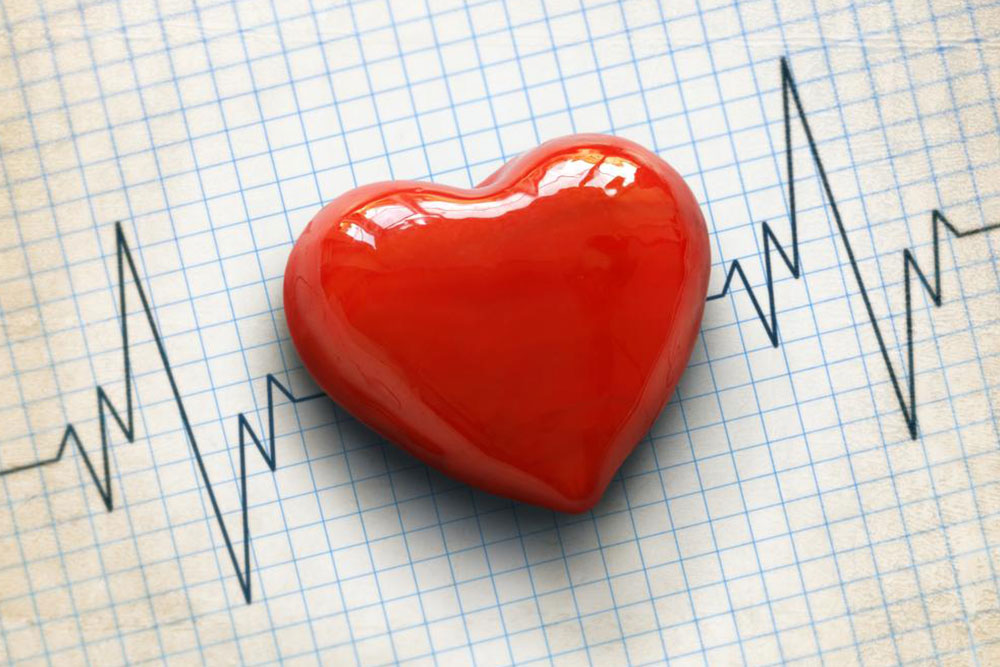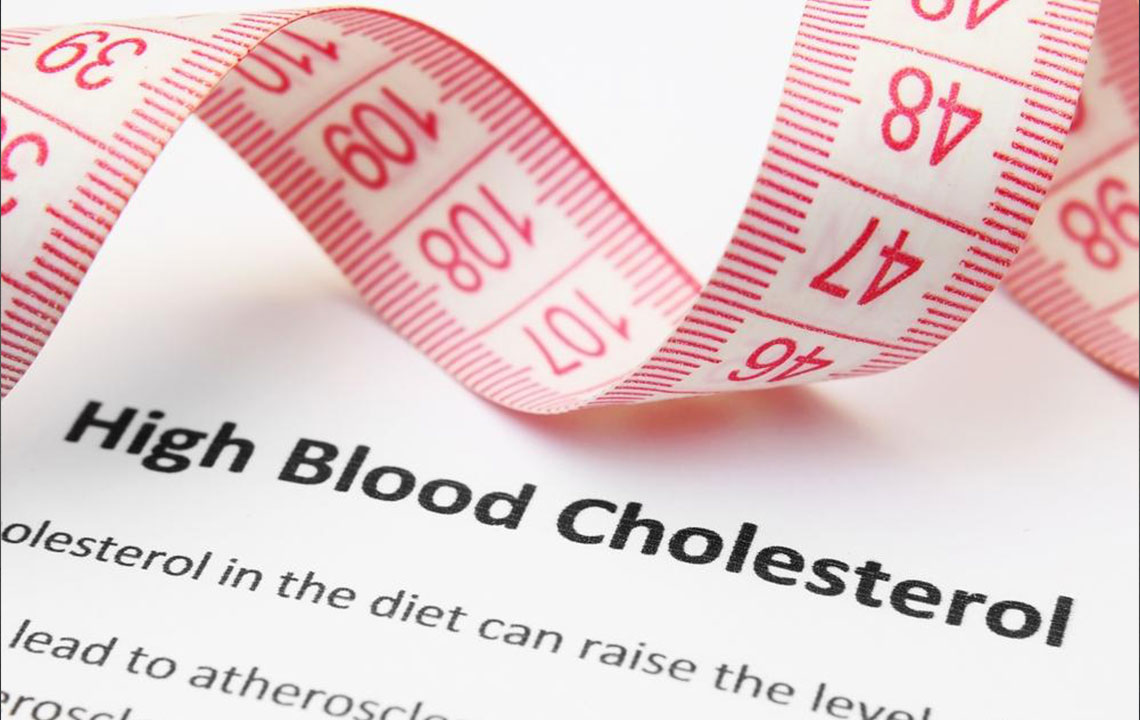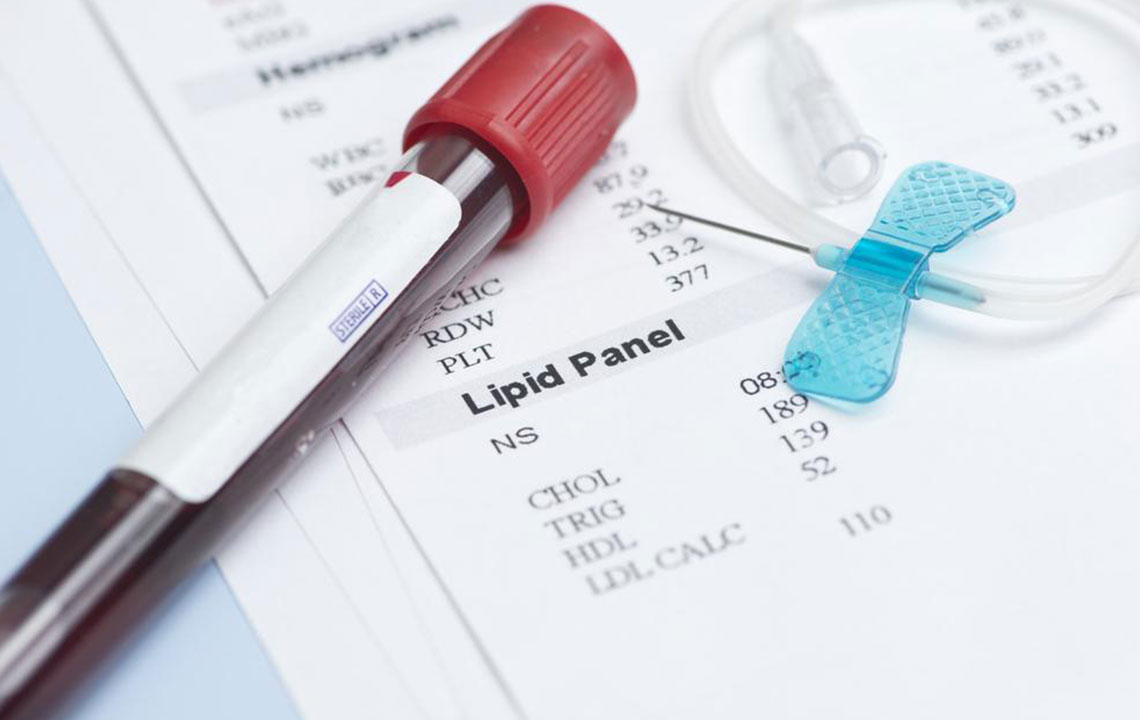Comprehensive Guide to Normal Cholesterol Levels for Heart Disease Prevention
This comprehensive article explains the significance of maintaining healthy cholesterol levels for heart health. It covers cholesterol types, recommended levels, impact of lifestyle choices, and strategies for managing cholesterol effectively. Regular testing and healthy habits are emphasized as key preventive measures against cardiovascular disease, making this guide essential for anyone interested in long-term heart health and disease prevention.

Comprehensive Guide to Normal Cholesterol Levels for Heart Disease Prevention
In today’s health-conscious society, maintaining optimal cholesterol levels is recognized as a fundamental component of cardiovascular health. With rising awareness, more individuals are actively checking their cholesterol and making dietary and lifestyle choices to prevent heart diseases. Despite this, there's still considerable confusion about what constitutes a healthy cholesterol profile. This extensive guide aims to clarify what cholesterol is, its different types, recommended levels, and practical tips on how to manage cholesterol effectively to protect your heart health.
Understanding Cholesterol: The Basics
Cholesterol is a waxy, fat-like substance that circulates in our bloodstream and is present in all our body cells. It plays an essential role in producing hormones such as estrogen, testosterone, and adrenal hormones. Additionally, it is crucial for vitamin D synthesis and helps in the digestion of fats. Although often portrayed negatively, cholesterol is vital for normal bodily functions, but maintaining its levels within a healthy range is key to preventing cardiovascular diseases.
Cholesterol is transported through the bloodstream via lipoproteins, which are complex particles consisting of fats (lipids) and proteins. The lipoproteins act as carriers, ensuring cholesterol reaches various tissues and organs that require it. The two main types of lipoproteins are Low-Density Lipoproteins (LDL) and High-Density Lipoproteins (HDL). Understanding their roles is essential for grasping how cholesterol impacts heart health and how to regulate it effectively.
LDL (Low-Density Lipoprotein): The "Bad" Cholesterol
LDL cholesterol is often labeled as “bad” because it tends to deposit excess cholesterol on the walls of arteries. Over time, this buildup, known as plaque formation, causes the arteries to narrow and harden—a condition called atherosclerosis. This process significantly increases the risk of heart attacks, strokes, and other cardiovascular complications. High levels of LDL are a primary concern for health professionals and often a target for medical interventions.
HDL (High-Density Lipoprotein): The “Good” Cholesterol
Conversely, HDL is considered “good” cholesterol because it helps remove excess cholesterol from the bloodstream. It transports the cholesterol back to the liver, where it is processed and eliminated from the body. Higher HDL levels are associated with a reduced risk of heart disease as they help prevent plaque buildup and support arterial health.
Triglycerides: The Unsung Cholesterol Type
Triglycerides are another type of fat found in blood, derived mainly from dietary fats and excess calories. Elevated triglyceride levels are linked to an increased risk of cardiovascular problems and often accompany high LDL cholesterol or low HDL cholesterol levels.
Impact of Lifestyle and Diet on Cholesterol Levels
Our lifestyle choices profoundly influence cholesterol levels. Excessive consumption of sugars, refined carbs, alcohol, unhealthy fats, and caloric intake can lead to increased triglyceride and LDL levels. Physical inactivity further exacerbates these effects. Conversely, maintaining a balanced diet rich in fruits, vegetables, whole grains, healthy fats, and regular exercise can help keep cholesterol levels within optimal ranges.
Understanding how excess dietary intake converts into stored body fat and impacts blood cholesterol is crucial for prevention and management. Reducing intake of processed foods, saturated fats, and trans fats, while increasing consumption of omega-3 fatty acids, fiber, and antioxidants, can significantly improve lipid profiles.
When Should You Be Concerned About Cholesterol Levels?
Our bodies naturally produce sufficient cholesterol to meet their needs; however, excess levels from external sources can cause problems. Elevated cholesterol typically does not produce noticeable symptoms, which is why regular testing is vital. Accumulation of plaque in coronary arteries can result in dangerous complications like heart attacks or strokes if left unchecked.
Monitoring your cholesterol regularly helps detect early signs of imbalance, allowing timely intervention. Medical guidelines emphasize the importance of blood tests to measure cholesterol components and assess cardiovascular risk accurately.
Understanding Blood Cholesterol Levels: What’s Healthy and What’s Not?
Interpretation of cholesterol results is essential for effective management. The levels are measured in milligrams per deciliter (mg/dL), and the optimal ranges depend on various factors including age, lifestyle, and genetic predispositions. Below are the recommended guidelines for adults and children.
Healthy Cholesterol Range for Adults
Total Cholesterol: Less than 200 mg/dL
HDL (“Good”): 40 mg/dL or higher
LDL (“Bad”): Less than 100 mg/dL
Triglycerides: Less than 150 mg/dL
Borderline and High Levels
Total cholesterol between 200-239 mg/dL indicates borderline risk.
LDL between 130-159 mg/dL is borderline high.
Triglycerides between 150-199 mg/dL are considered borderline high.
Total cholesterol of 240 mg/dL or higher is classified as high risk.
LDL of 160 mg/dL or more signifies high risk.
Triglycerides at or above 200 mg/dL also indicate elevated risk.
Cholesterol Levels in Children and Adolescents
Healthy: Total cholesterol ≤ 170 mg/dL, HDL ≥ 45 mg/dL, LDL ≤ 110 mg/dL, triglycerides < 75-90 mg/dL based on age.
Borderline: Total cholesterol 170-199 mg/dL, HDL 40-45 mg/dL, LDL 110-129 mg/dL.
High: Total cholesterol ≥ 200 mg/dL, LDL ≥ 130 mg/dL.
Effective management of cholesterol begins with routine blood testing—every five years for adults over 20, and more frequently if risk factors are present.Strategies for Maintaining Healthy Cholesterol Levels
Adopting a heart-healthy lifestyle is the most effective way to keep cholesterol in check. This includes consuming a diet high in soluble fiber, plant sterols, and healthy fats such as omega-3s found in fatty fish. Regular physical activity, weight management, smoking cessation, and moderation of alcohol intake are also critical components.
In cases where lifestyle modifications are insufficient, healthcare providers may recommend medications such as statins. It is essential to work closely with your doctor to develop a personalized plan aimed at achieving and maintaining ideal cholesterol levels for long-term heart health.
In summary, understanding your cholesterol profile, making informed dietary choices, and engaging in a healthy lifestyle are the cornerstones of cardiovascular health. Regular screening and proactive management can significantly reduce the risk of heart disease and improve overall well-being.





